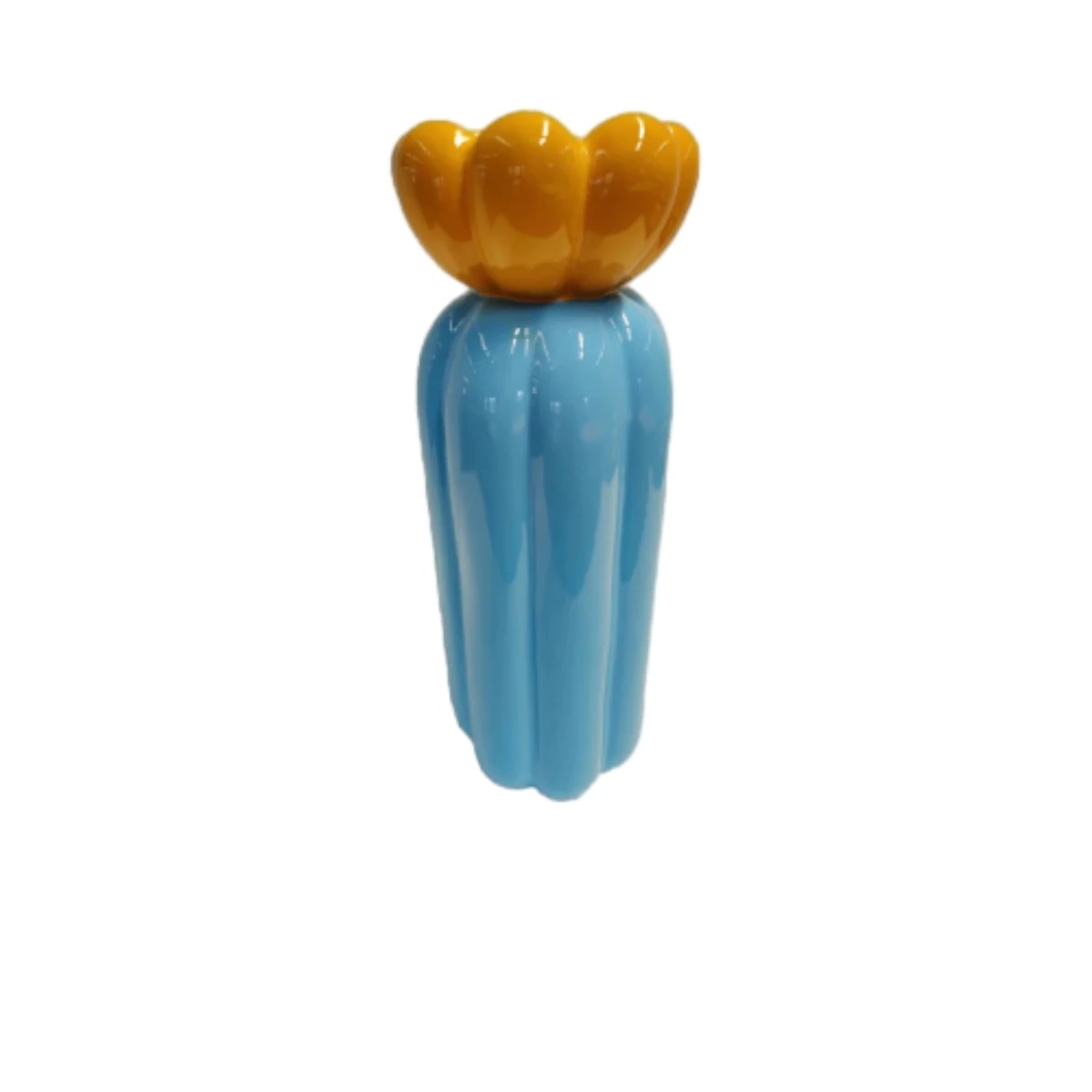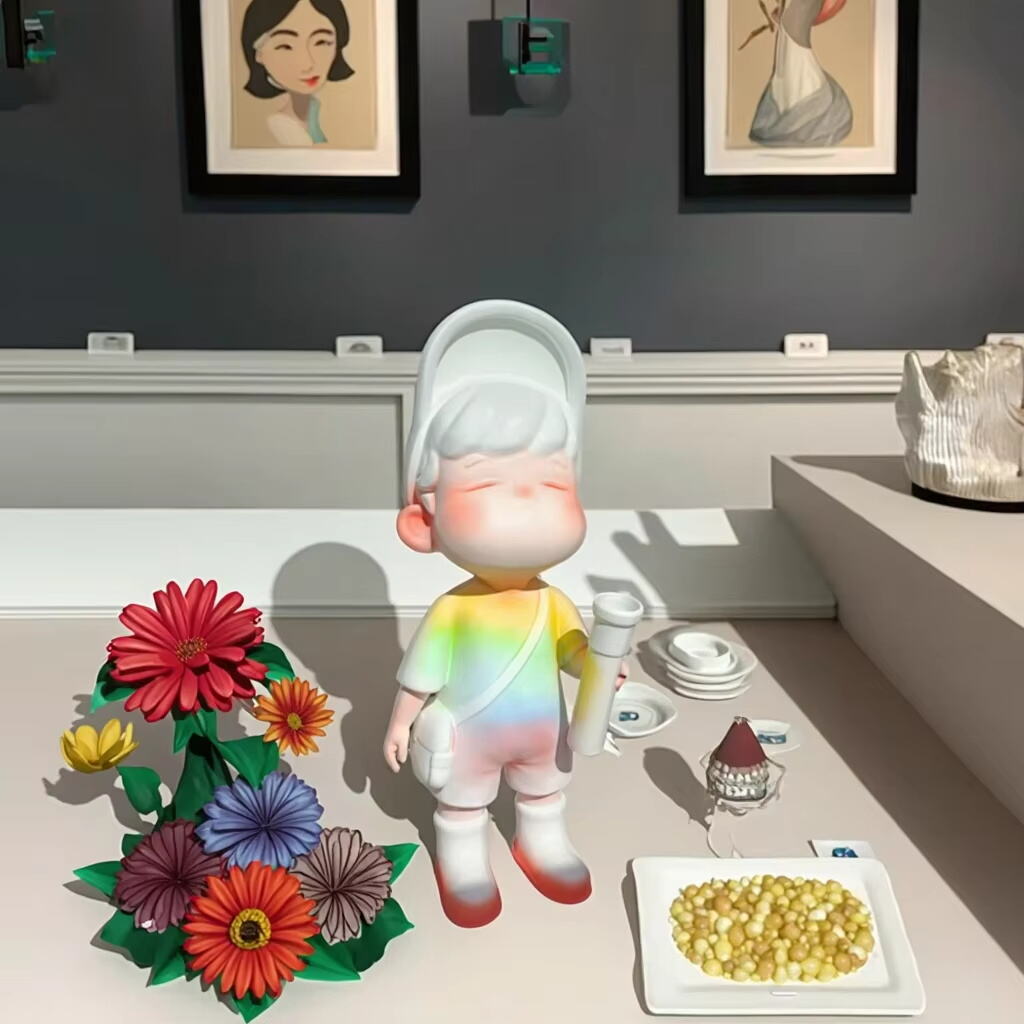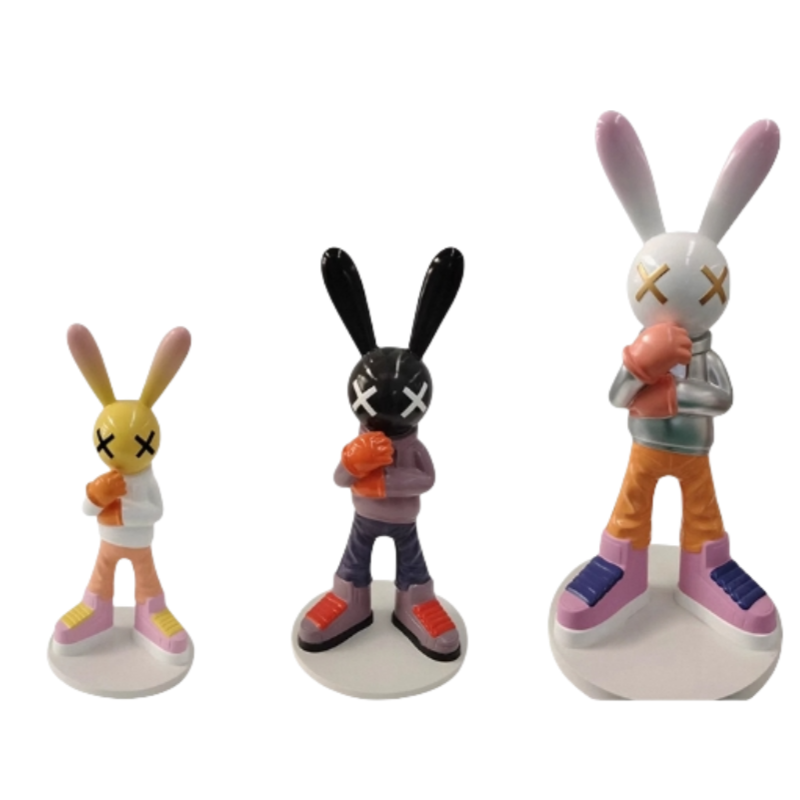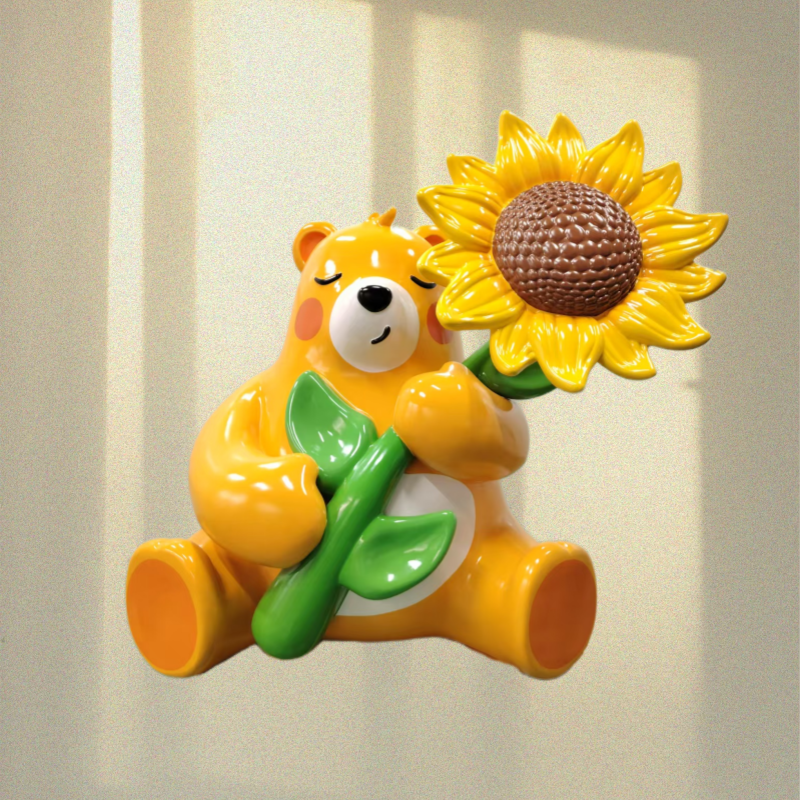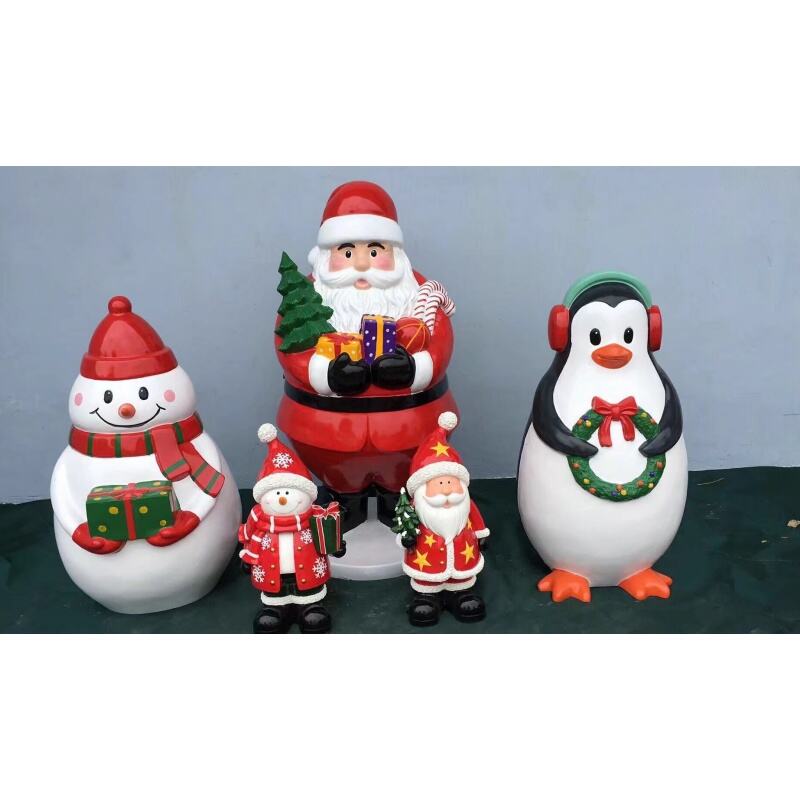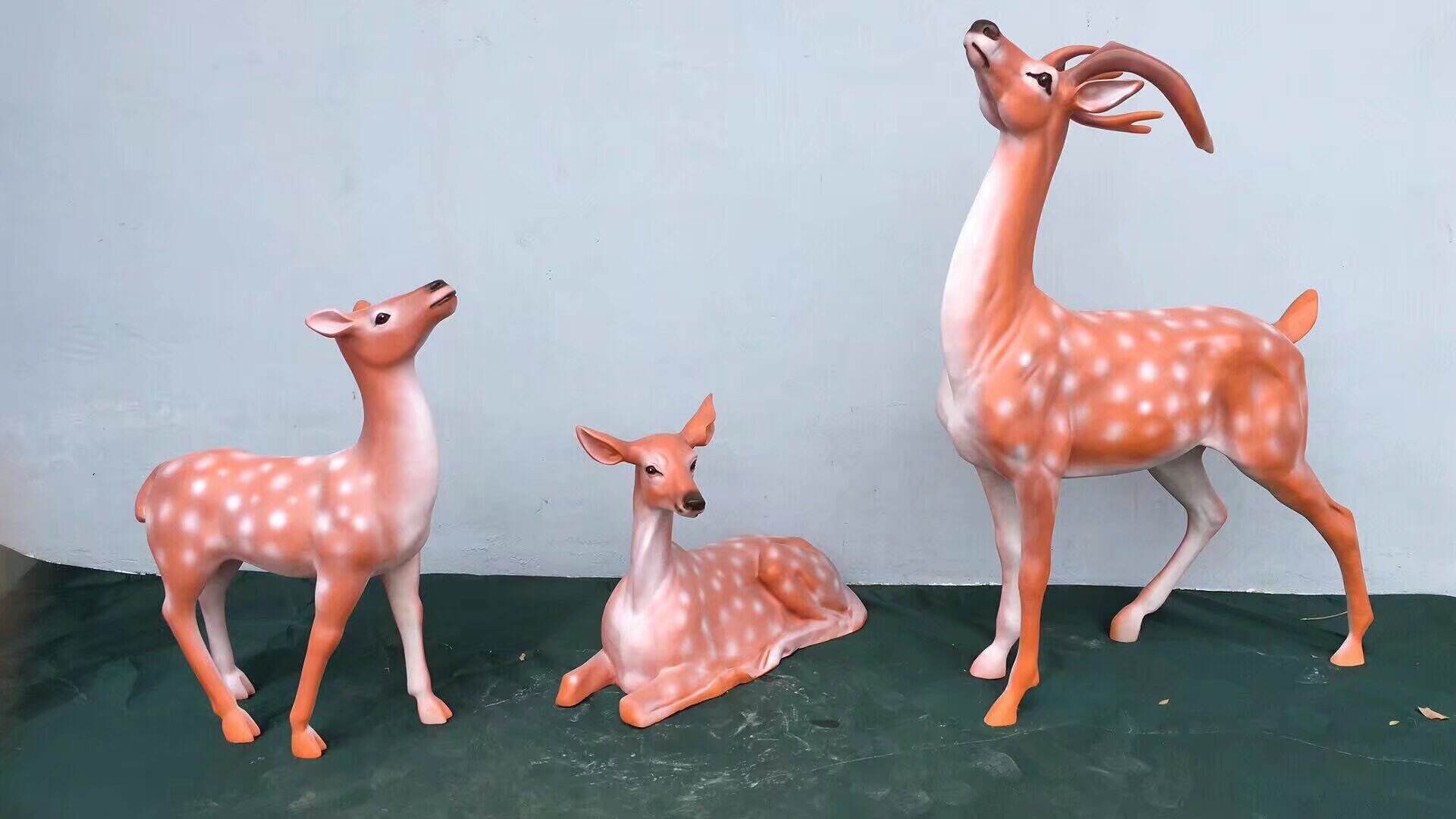foam and plaster sculpture
Foam and plaster sculpture represents a versatile medium in contemporary art and design, combining lightweight foam materials with traditional plaster techniques to create stunning three-dimensional works. This innovative approach allows artists and designers to produce durable, detailed sculptures while significantly reducing overall weight and production costs. The process typically begins with a foam core, which serves as the foundational structure, followed by the application of plaster layers that can be sculpted and refined to achieve desired textures and forms. The foam core provides excellent stability and reduces material consumption, while the plaster exterior offers a classic, smooth finish that can be painted or treated with various surface applications. This method has revolutionized both artistic and commercial sculpture production, finding applications in theatrical set design, architectural modeling, museum displays, and fine art installations. The technique allows for rapid prototyping and modifications, making it particularly valuable in the conceptual and development phases of larger projects. Advanced technological innovations in foam cutting and plaster application have further enhanced the precision and efficiency of this sculptural method, enabling artists to create increasingly complex and detailed works.





